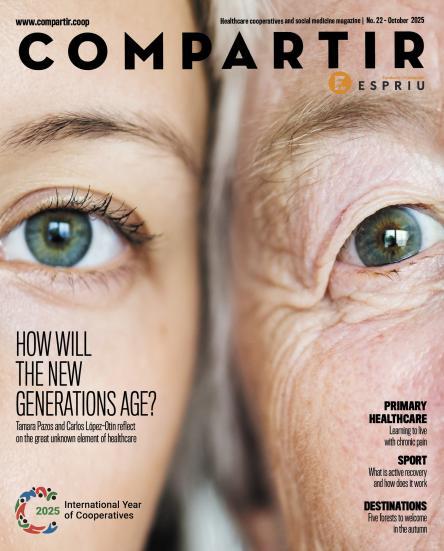
Extended exposure to solar radiation: a serious danger at this time of year
Some habits can help to prevent eye pathologies. It is essential to have regular checkups and to know about the symptoms.
With the summer, the risks for eye health increase by 25%. Extended exposure to the sun can cause serious eye injuries, but many of them can be prevented. Therefore, it is important to have regular checkups, even when there is no previous discomfort. You should also be aware of possible symptoms – seeing double, eye pain, excessive tearing, and pay attention to any family history of eye ailments. Additionally, in order to look after your eye health at this time of year, you must be hydrated, avoid rubbing them, do not overuse contact lenses and always protect your eyes from the sun.
And the fact is that, in the summer, people are in daily contact with the sun and its radiations. For this reason, when you are outside in the open air, you must protect your eyes, just as you protect your skin. Without the necessary steps, you could suffer from burns on the skin and on the cornea, or degenerations in the elastic layers of the conjunctiva, amongst other eye pathologies. Added to all this is the fact that at this time of year, the sea reflects 30% of the light, whilst the earth only reflects 10%. In the mountains, as the atmosphere itself gives less protection, injuries due to ultraviolet light also increase.
In addition to harmful ultraviolet radiation, there are the problems derived from the dryness of the season, which causes greater evaporation of the tears and increases the feeling of dry eyes. Likewise, often, to mitigate the high temperatures fans or air conditioning are used, which are harmful for the sense of sight, as this type of air is very dry and contributes to drying up the tears.
Homologated sunglasses
The human eyes defend themselves against the sun rays thanks to the eyelids and the eyelashes, which block part of these radiations. Their main aim is to try to ensure that only a few rays can reach the retina. The cornea and the lens are the areas that absorb the largest amount of UVA and UVB radiations. This is where the complementary role of sunglasses with filters come into play, preventing approximately 95-100% of the ultraviolet radiations from getting through to the eyes.
Choosing good sunglasses shows a commitment to your eye health. They must be homologated to protect against the UVA rays (responsible for cellular aging) and against the UVB rays, which are related to burns and skin cancer. Choosing sunglasses – which also act as a protective barrier, with EC marking and filters of the 3-4 type on the sunniest days help to maintain good visual health in the summer and prevent the alterations associated to exposure to the sun.
Additionally, certified lenses delay the risk of the appearance of serious eye damage and injuries such as cataracts or macular degeneration, today considered to be the most common injuries referring to the deterioration that sight can suffer.





